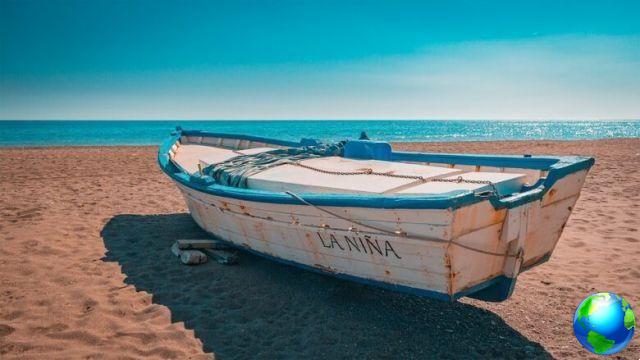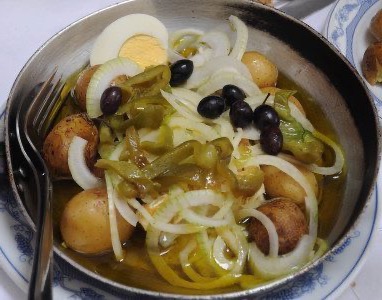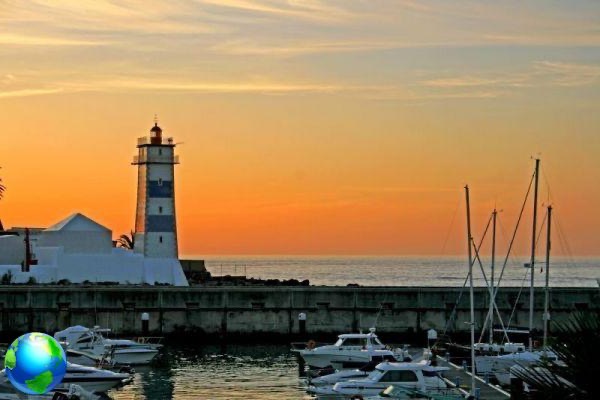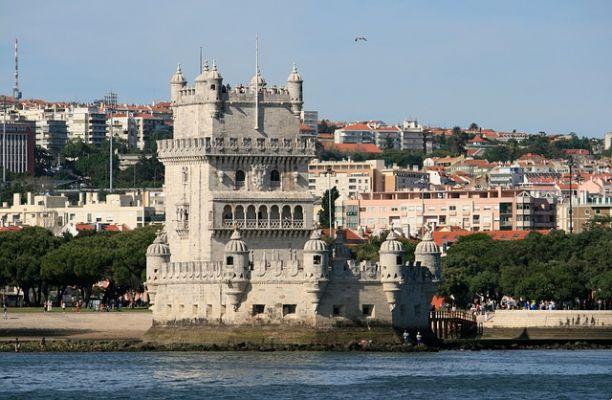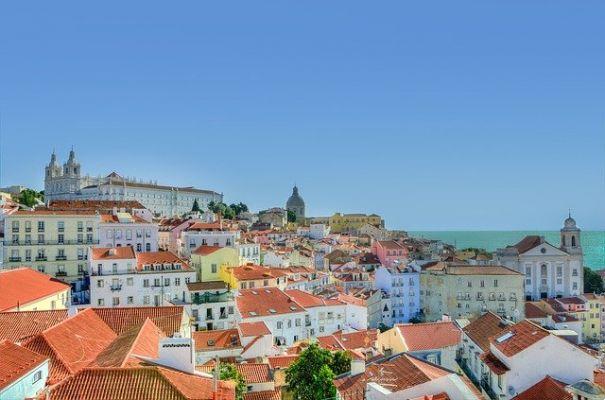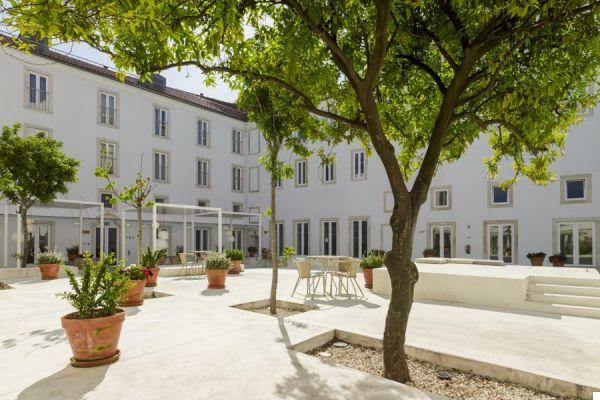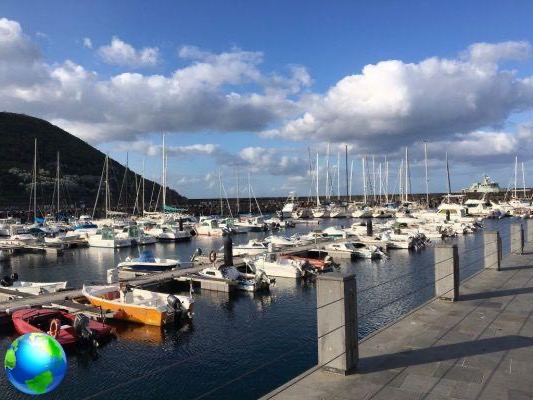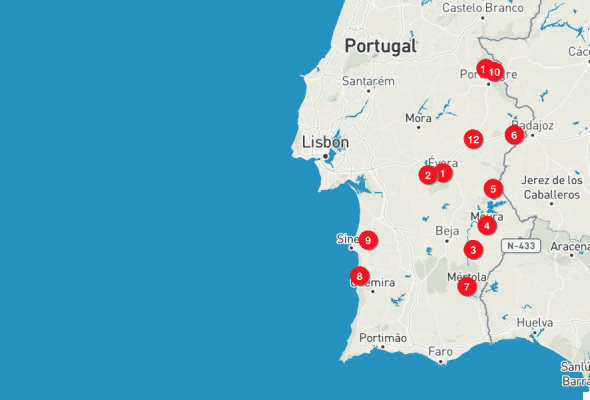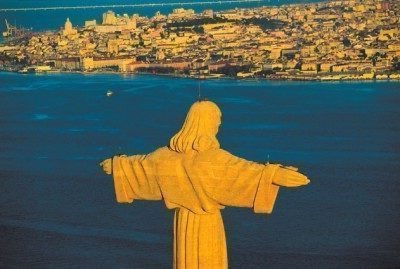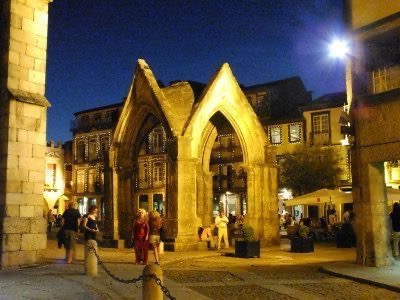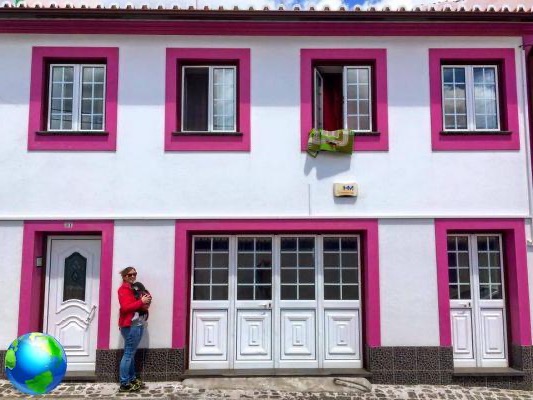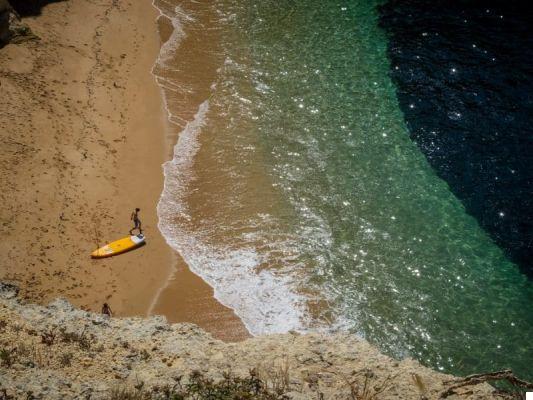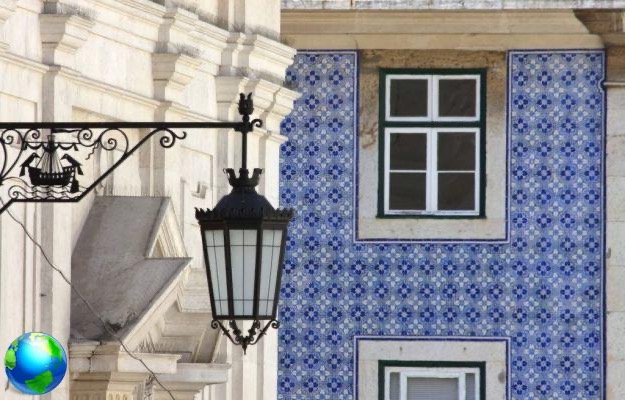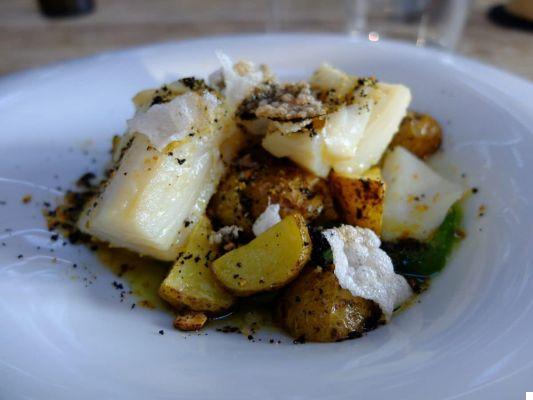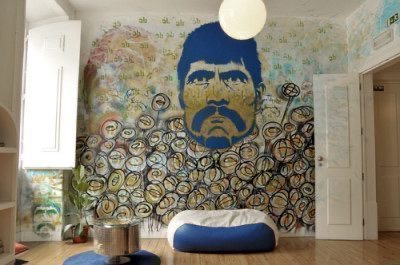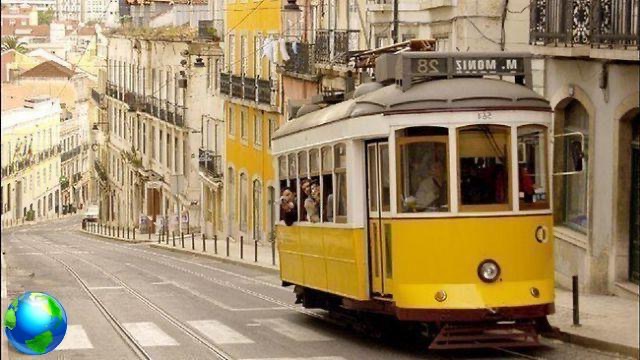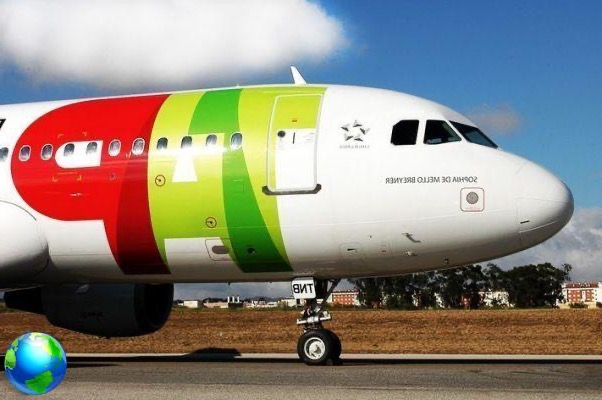An exciting journey, a challenge only with ourselves: the Portuguese way awaits all true travelers!
In the last few years a real fashion on foot travel has exploded.
In fact, more and more people decide to test themselves and face the challenge of walk for hundreds of kilometers.
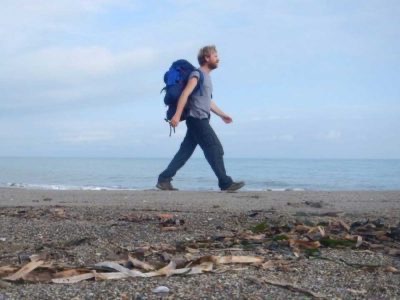
The reward of so much effort and tenacity is the possibility of finding oneself and feeling happiness.
I, who have experienced it, can confirm that only with such a journey can we go so deep.
I have experienced happiness on many occasions not only upon arrival but during the entire journey.
The most famous of the paths is the French one of Santiago: over 800 km to get to the Most coveted cathedral in the world.
However, few know that there are many other paths that lead to the same destination following different itineraries.
From Lisbon to Santiago, the Portuguese way
This year, after completing the French, I decided to try another less inflated one: the Portuguese way.
From Lisbon to Santiago: 650 kilometers from Portugal to Spain, strictly on foot, passing through over 150 towns and splendid cities.

Practical advice
But how do you prepare and how much does such a trip cost?
Contrary to what one might think, it is one of the cheapest trips with an average daily expense of around 30-40 euros including room and board.
My one-month trip including round-trip flights cost less than 1500 euros, so it is really affordable for all budgets: a week is around 350 euros.
5 tips to prepare the Portuguese way
1. Choose the guide
The first thing I do when preparing for a backpacking trip is to buy a guide.
There are few on the Portuguese path but valid.
By opening the guide you can already taste the adventure by browsing the daily stages described in detail.
Those of the Portuguese way are 26.
This does not mean that you have to follow the number indicated by the guide to the letter even if most of the time it is the ideal division.
The beauty of this type of travel is complete freedom: you follow your own rhythm so if one day you feel tired, you can rest; on the contrary, if you feel like doing more kilometers, you are free to do it.
There is no one-size-fits-all standard for number of kilometers per day to do: it can vary from 15 to 35 depending on the training and individual physical conditions.
My advice is to stick to a lower mileage the first three days of walking to promote physical adaptation and then gradually increase according to needs.
2. The second thing to do is to buy the plane ticket
It seems obvious and obvious but to defeat the fear that could assail before such a trip, it is a fundamental gesture.
When I bought the ticket for Saint Jean Pied De Port I realized that I was really about to take that leap in the dark: I would have been alone for the first time with my backpack and 800 km to face!
3. Buy a backpack
It is one of the most exciting moments: try the backpack that will be your inseparable travel companion.
There are many on the market of all sizes, weights and prices.
I had a great time with a 30L with double lacing above the chest and waist holding the backpack snugly against his back.
The few clothes and items I needed for the trip fit perfectly.
4. The equipment to put in the backpack
The rule is to keep it as light as possible (max 10kg) so you have to bring the essentials:
1) towel in quick-drying technical fabric
2) toothbrush, toothpaste and personal hygiene in small tubes
3) 3 pairs of underpants and socks
4) 1 pair of shirts
5) 1 pair of technical pants
6) 1 pair of comfortable jumpsuit type pants
7) a kway
8) a sweatshirt
9) cell phone charger
10) the guide
5. Arm yourself with freedom
The fifth tip is about freedom: you should embark on the journey trying to break away from the habit of control.
You have to let yourself go to the slow and relaxing rhythms, enjoy the present concentrating on putting one step after another without worrying about booking everything in advance and competing to see who does the most kilometers in a day.
Landscapes from Lisbon to Santiago
It starts from Lisbon through the old Alfama district and the futuristic Expo district to leave the city after a few kilometers.
We were immediately catapulted into a rural and lonely reality among endless expanses of plowed fields planted with peppers and tomatoes.
The first half of the way up to the splendid city of Porto it is little beaten, ideal for those who love solitude, silence and countryside landscapes.

Here you can breathe strong contrasts between the poverty and the backwardness of small rural villages where a coffee with a bottle of water costs only 1,25 euros and the wealth of large cities such as Coimbra cultural hub.
One of the most evocative stretches of the first 300 km is undoubtedly that of Santarem-Tomar passing through one of the most famous pilgrimage sites in the world: Fatima.
Woods of tall eucalyptus trees, large expanses of Mediterranean scrub, panoramic views and wild nature characterize this stretch of the path.
From Porto the traffic of pilgrims increases since the second part of the trip includes the most beautiful landscape stretch and with its 2 weeks of travel, it is part of most of the holidays that an Italian can take.
In fact, in the last 300 km of the path, the landscape will amaze with its green eucalyptus woods, pine forests, waterfalls, streams that culminate in the highest point of the path: theAlto del Perdon.
Even if for me one of the most exciting moments ever was walking on long iron bridge that divides Portugal from Spain: from Valencia to Tui two cities, two different states separated by a few hundred meters ...
What are you waiting for to pack and leave for this wonderful adventure?






